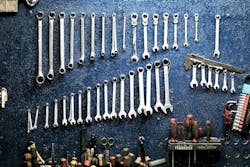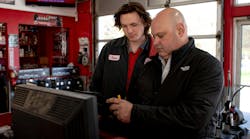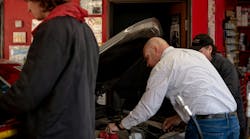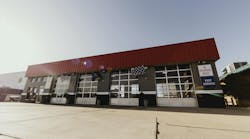Those folks using solar-energy panels to charge up their electric cars? They have nothing on the "artificial leaf" technology recently pitched by a Harvard University researcher. And while the concept is nothing new, the latest spin on the idea gets it one step closer to the green-transportation field.
Like a real leaf, an "artificial leaf" helps take carbon dioxide out of the atmosphere. Harvard's Daniel Nocera, who first pitched the concept about five years ago when he was down the road at the Massachusetts Institute of Technology (MIT), is advancing the idea of tweaking the plant-photosynthesis process to suck carbon dioxide out of the air and use it to produce a renewable source of energy, Bloomberg News says, citing an article in the journal Science. The "artificial leaf," named more for its use than its looks (it's basically a jar with wires), is placed in water and absorbs sunlight, then splits the water into two parts hydrogen, one part oxygen, i.e. the first step of photosynthesis.
With cobalt phosphate as a catalyst, the process uses an artificial microbe that takes in CO2 and creates PHB (Polyhydroxybutyrate, a biodegradable polymer). PHB can then be used to create isobutanol or isopentanol. Think of it as the ultimate renewable fuel, although it's still unclear if and when the technology could make it out of the lab and transition to commercial applications.
Nocera first pitched the process in 2011 when he was still at MIT. The end product that was created by the artificial leaf prototype at that time was electricity, so the concept was viewed more for energy-producing purposes than transportation. That 2011 introduction was preceded by more than a decade by John Turner's research at the U.S. National Renewable Energy Laboratory, though Turner's early process was expensive and unstable.
This article originally appeared on autoblog.





